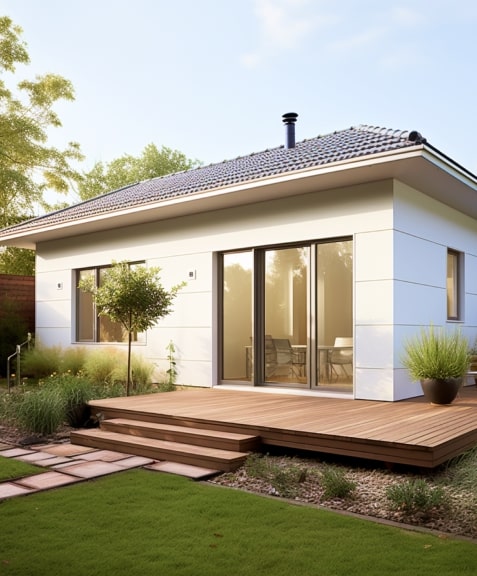
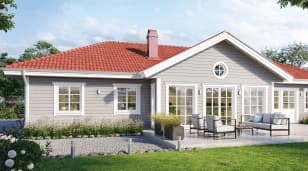
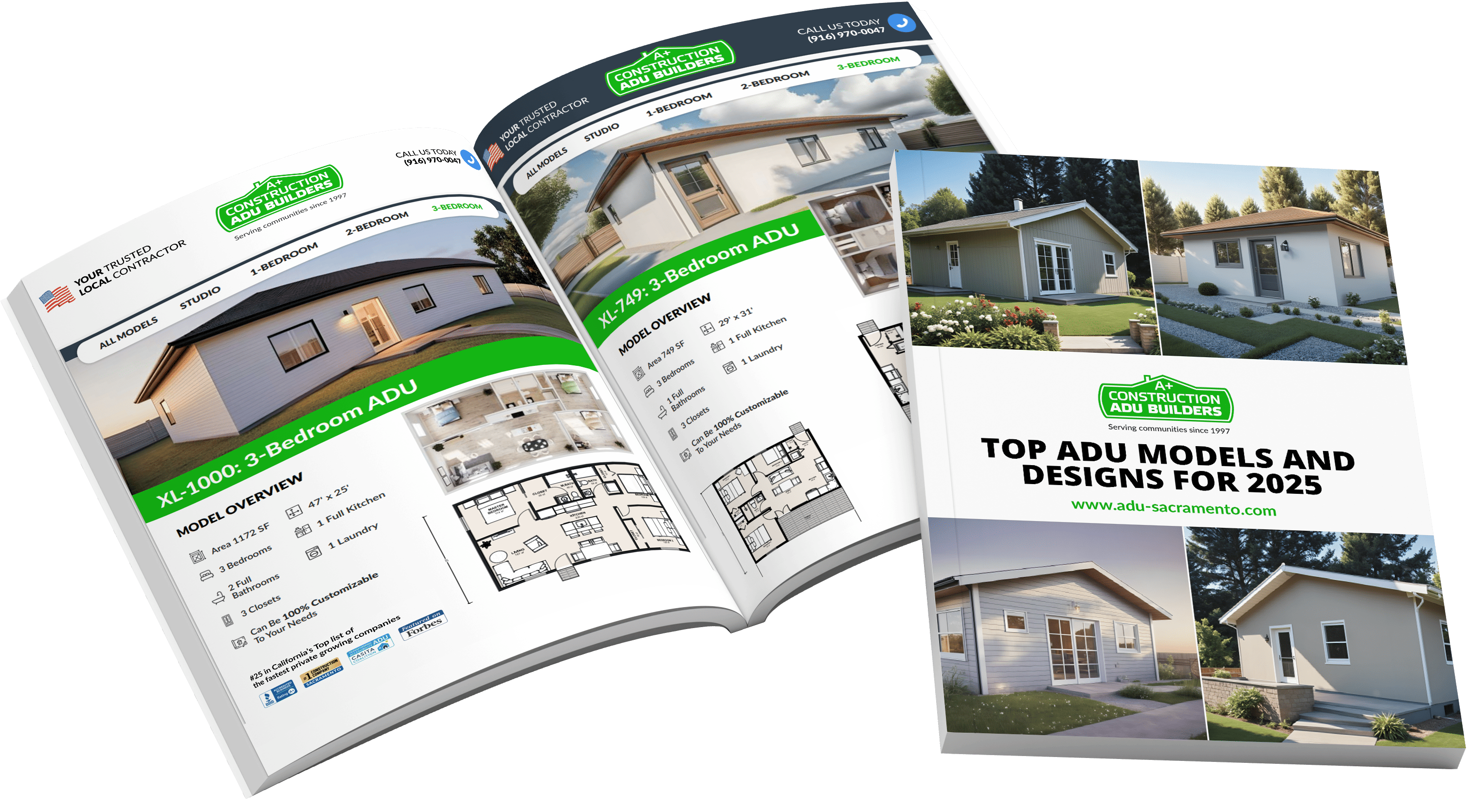

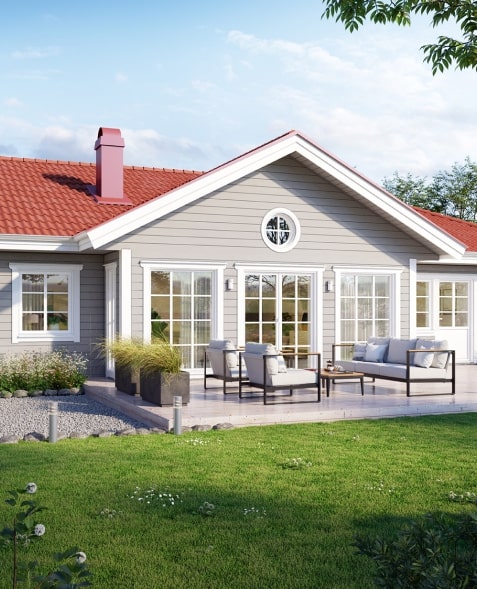
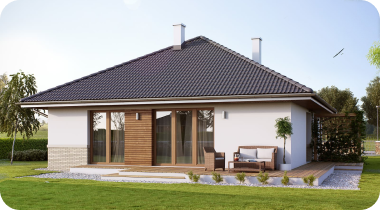
A link to download your FREE brochure will be in your inbox in 3 minutes
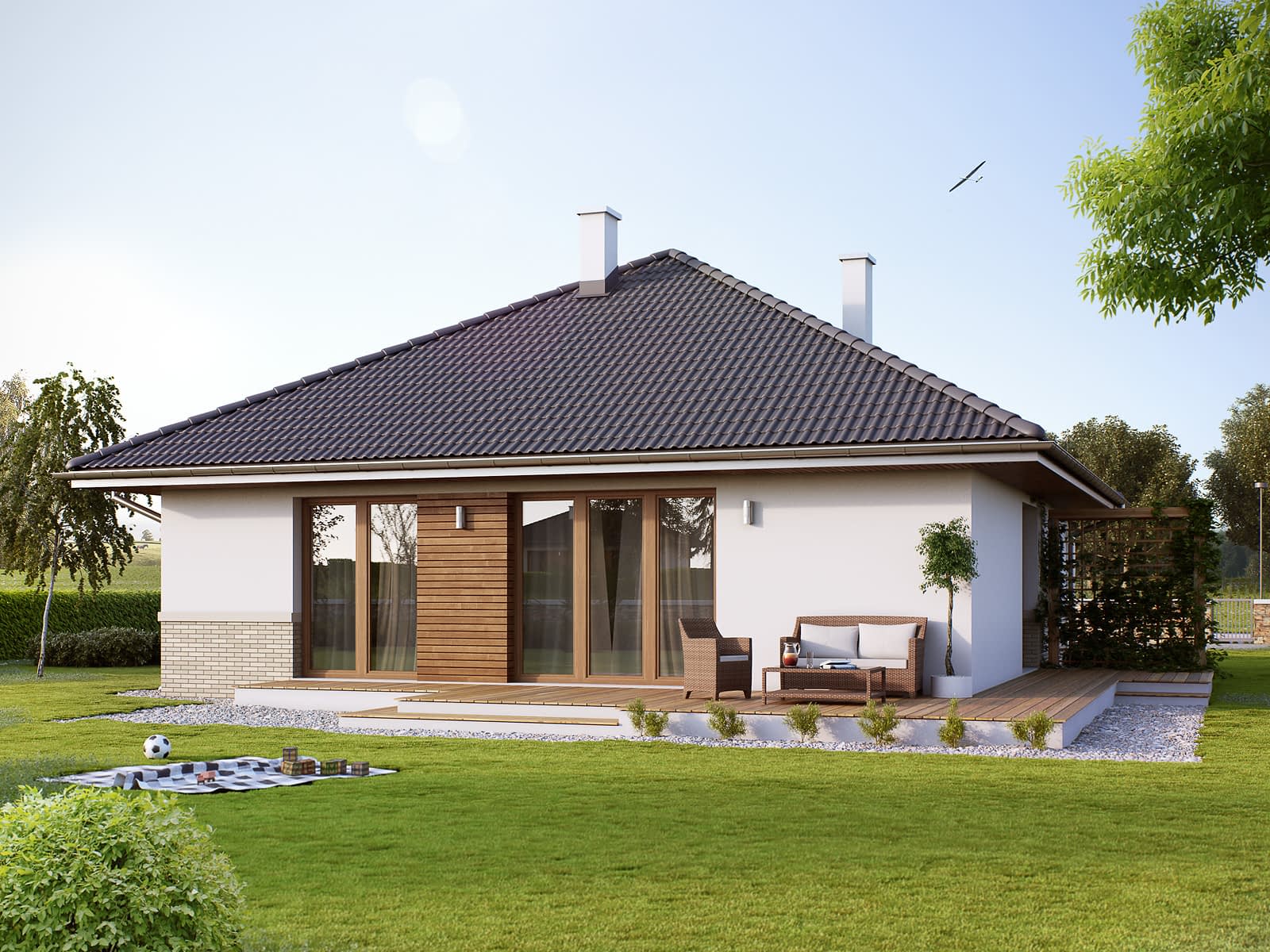





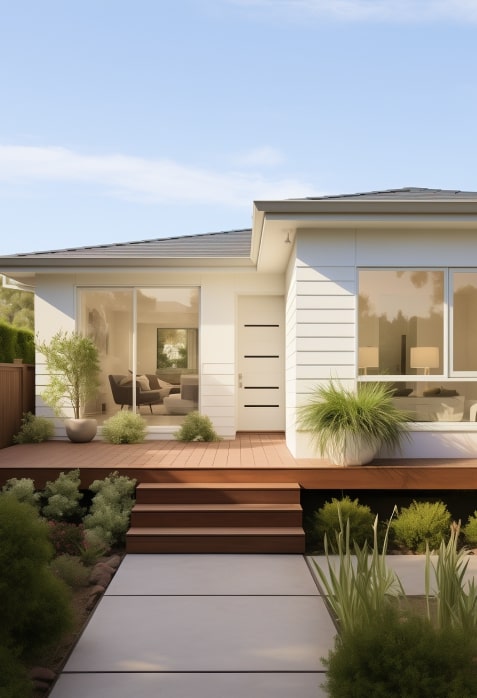
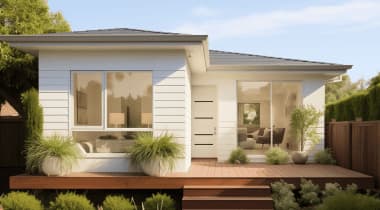











The final price may vary based on project specifics.
To get a free accurate quote tailored to your needs, book a consultation with us today!

The price per square foot provided is an average and may vary depending on project-specific details such as materials, location, complexity, and other factors. Actual costs may differ from the average provided.
It is recommended to obtain a detailed quote based on the specific requirements of your project.

Please note that the monthly payment displayed on this page is an estimate and is subject to variation based on the selected loan product, applicants credit score, loan amount, and other financial details. Actual monthly payment may differ from the estimate provided.
It is recommended to seek advice from a financial advisor or loan officer to obtain precise payment information tailored to individual circumstances.
 Your Trusted
Local Contractor
Your Trusted
Local Contractor
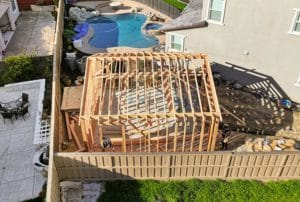 Grasping all the stages of ADU construction and rules for building an ADU in California can be tough. From zoning laws and permits to designing and constructing an accessory dwelling unit, all the steps of the ADU project have their own intricacies and difficulties.
Grasping all the stages of ADU construction and rules for building an ADU in California can be tough. From zoning laws and permits to designing and constructing an accessory dwelling unit, all the steps of the ADU project have their own intricacies and difficulties.
Nevertheless, if you’re only starting to learn about building an ADU, we will walk you through its complex process, breaking it into manageable tasks. Let’s have a closer look at accessory dwelling unit construction—the process of creating a livable space on your existing property!
In contrast with primary residence, an accessory dwelling unit belongs to secondary units. ADU projects are not your primary dwelling; they are typically smaller units that, in most cases, must occupy properties where the main house is already present. Their secondary status affects ADU regulations and permission processes, as well as their design and purpose.
While, given an empty plot, your main house may have almost any layout and design, an accessory dwelling unit has fewer options. It doesn’t make it less versatile, though. The thing is, for an ADU project, you can use a new construction and build it attached to or detached from the main house. Or utilize an existing garage, basement, attic, and other structures.
Building an ADU, you may select any of these ADU types and variations:
The initial design depends on the amount of available space, the proposed ADU location on your property, your financial capabilities, and your personal preferences.
To make up your mind on a particular size and design of an ADU, homeowners need to set up their ADU project goal. This matters for ADU plans because, when designing the floor plan, the ADU specialist should understand how many people are going to live in it or what kind of activities to prioritize.
Proper goal setting is a crucial step, as a remote worker certainly will opt for an ADU with a focus on privacy and seclusion. Whereas if you build an ADU for seniors (a granny flat), it makes sense to integrate an open floor plan and aging-in-place features.
Let’s cover the most common uses that homeowners come up with:
Many people in densely populated areas merely look for extra living space within their existing lots. An ADU is a perfect residential construction that enables you to provide shelter to your distant relatives, aging parents, or grown children without spending a fortune on a traditional house building.
Financial incentives play a crucial role in many homeowners’ choices. Indeed, the overall cost of ADU construction may be quite high, but your rental income can potentially cover these costs. Besides, later on, when you compensate for its construction, it’s possible to change the intended use of your ADU. The additional living space will come in handy for your kids. If they’re small now, it doesn’t mean they will be forever, does it?
One of the common ADU dreams is creating a nice garden cottage for your guests to stay in over the weekend. In addition to housing family reunions and events, you can also provide extra space for babysitters, paid caregivers, gardeners, and other employed workers, if you have any.
Another reason to build an ADU is to create a private unit isolated from the stirs in the main house. When you do your job remotely and need to concentrate on work tasks, favorable surroundings help to minimize mistakes and perform your duties as fast and effectively as possible. Alternatively, ADUs can act as hobby places, featuring such rooms as a home gym, a home library, or an art studio.
Building an ADU allows homeowners to offset their construction and labor costs, add habitable square footage to their property, and generate rental income. After determining the primary use of the future ADU, let’s hop right into the ADU construction process!
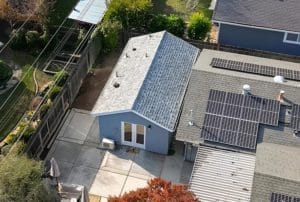
The successful completion of an ADU project is based on careful planning and a clear understanding of what you have to do. Each step of construction has many tasks, things to watch out for, and local rules like local building codes and zoning regulations to consider.
Here, we’ll offer you a step-by-step guide describing the entire ADU construction process.
Before building an ASU, it’s essential to find out if it’s possible for your individual plot. For example, if you are planning to put an 800-square-foot ADU in the corner of your lot, it would be a problem if this zone turned out to be of public usage (easement). The process of determining feasibility includes checking property setbacks, zoning, topography, easements, and any factors that could impact the ADU construction. Depending on the site’s condition, your job site may need extra work. A feasibility study and a site survey may be necessary if you build an ADU on a small, narrow, or crowded area plot.
To build an ADU, a property owner must obtain a building permit. Building permits are official documents that ensure compliance with the local building codes and zoning regulations, as well as safety standards and building quality standards. To move forward with obtaining permits, you need to apply to local authorities, fill out the form, and submit an application along with the necessary documents. These papers usually involve site plans, ADU floor plans, structural work drawings, and other essential details outlining the construction project. For a more comprehensive guide specific to your area, reach out to your planning department or to your general contractor!
Site prep is a stage when you engage in clearing vegetation and debris, addressing any cavities on the land, leveling the ground, and performing the initial tasks in preparation for building. If your property requires additional structural support in the form of a retaining wall, this stage is when you address these considerations. Also, it’s time to plan underground utilities like septic systems or electrical lines. Also, during this stage, we usually outline the location of future electrical wiring, climate control systems, and plumbing fixtures.
After preparing the site, the next step involves digging trenches around the proposed ADU perimeter. Following this, you will be able to do the next steps, such as:
Once your ADU acquires a finished look, it’s time for the final inspection. In the course of construction, you may need to schedule a whole number of inspections for inspectors to oversee various aspects of the work. However, the final inspection is the moment of truth as this represents the final assessment of the completed ADU’s compliance with all established rules and specifications. This inspection will determine if your new living space is ready for occupancy.
All in all, building an ADU is a comprehensive process consisting of multiple specific works aimed at ensuring the ADU’s structural integrity, livability, and compliance with regulations.
Financial feasibility is a vital concern for any homeowner. Depending on your individual circumstances, there are several alternatives worth exploring. Thankfully, an increasing number of financial institutions are beginning to provide loan programs specifically tailored for ADUs in California.
In California, particularly in Sacramento, homeowners interested in ADUs have several financing possibilities available. These encompass:
The data about these and other ways of acquiring funds for ADU building helps you to make an informed decision about ADU construction. If you have any questions, whether you’re not sure about the ADU permission process, searching for a suitable ADU plan, or wanting to incorporate a unique feature, A+ Construction & Remodeling is ready to address all your concerns!
Get a First Look at Real ADU Projects